Step-by-Step Guide on How to String a Yoyo
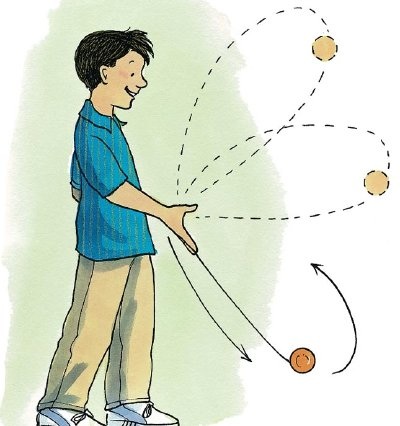
So, you’ve taken up yoyoing and need to know how to string a yoyo. Well, let me tell you, my friend, you’re about to enter a world of excitement, skill, and a fair share of tangled strings. In this step-by-step guide, we’re going to take you through how to string a yoyo, from the precarious untangling of the strings to the triumphant moment when you finally have a properly strung yoyo ready for action. Get ready to embark on a journey that will have you saying “Yo!” in a whole new way.
Understanding the Basics of a Yoyo
Parts of a Yoyo
A yoyo consists of several parts that work together to create the spinning motion. The two main parts of a yoyo are the body or frame, which is usually made of plastic or metal, and the axle, which runs through the center of the body and allows it to spin. The string is attached to the axle and is what you use to control the yoyo. Some yoyos also have a response system, which allows the yoyo to return to your hand automatically after throwing it down.
Types of Yoyos
When it comes to yoyos, there are many different types to choose from. The most common types are the traditional or classic yoyo, which is responsive and returns to your hand when you tug on the string, and the unresponsive yoyo, which requires a bind maneuver to make it return. There are also looping yoyos designed specifically for performing loop tricks, as well as offstring yoyos that are used for 4A-style tricks where the string is not attached to the yoyo.
How a Yoyo Works
The basic principle behind how a yoyo works is simple. When you throw the yoyo down, the string unravels from the axle, allowing the body to spin freely. As the yoyo spins, it creates a gyroscopic effect, which helps to stabilize its motion. By manipulating the string and controlling the tension, you can make the yoyo climb back up the string or perform various tricks and maneuvers.

Choosing the Right Yoyo String
Types of Yoyo Strings
Yoyo strings come in various materials, each with its own characteristics. The most common types of yoyo strings are polyester, nylon, and cotton. Polyester strings are the most popular choice among yoyo players due to their durability and responsiveness. Nylon strings are more slick and can be used for faster play, while cotton strings are softer and provide a more comfortable grip.
Choosing the Right Material
When selecting a yoyo string, consider your personal preference and the type of play you are interested in. Polyester strings are versatile and a good choice for beginners or anyone looking for a balanced option. Nylon strings are better for fast-paced tricks and advanced players who require quick response times. Cotton strings are ideal for players who prioritize comfort and want a softer feel during play.
Picking the Correct Length of String
Finding the right length of yoyo string is crucial for optimal performance. As a general rule, the string should reach up to your belly button or hip bone when holding the yoyo at full extension. However, the preferred length may vary depending on your height, arm length, and personal preference. Experiment with different string lengths to find what works best for you and allows for comfortable and controlled play.
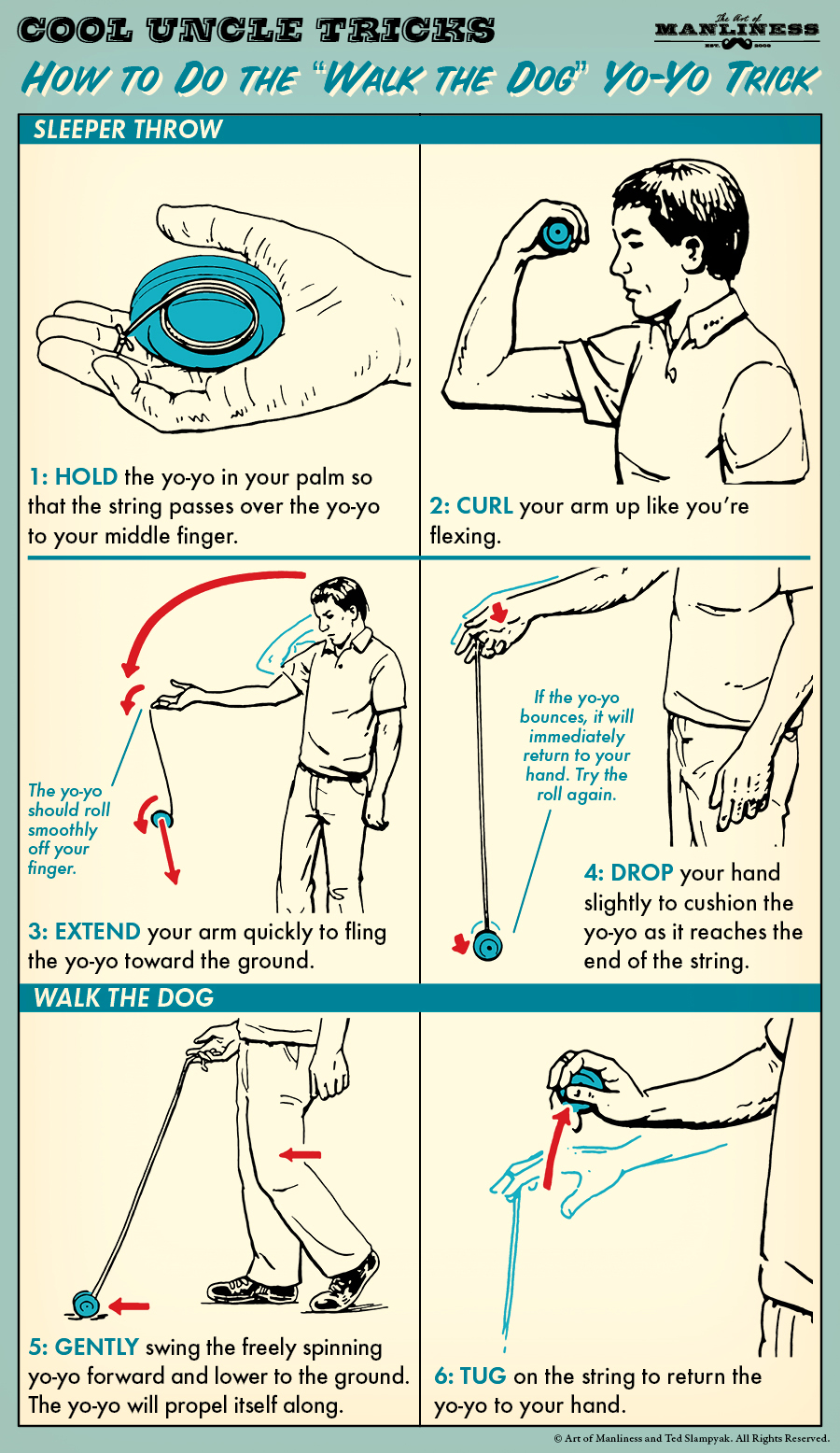

How to String a Yoyo for Beginners
Where to Tie a Knot on the Yoyo String
To string a yoyo properly, you first need to tie a knot at one end of the string. This knot will prevent the string from slipping out of the yoyo. Ideally, you should tie the knot around 1.5 inches from the end of the string. Make sure the knot is tight and secure to avoid any accidents during play.
How to Attach the String to the Yoyo
Once you have tied the knot, it’s time to attach the string to the yoyo. Most yoyos have a small hole or gap in the axle where you can thread the string through. Insert the end of the string with the knot into the hole, making sure it is snug and won’t come loose. Gently tug on the string to ensure it is secure and won’t slip out while playing.
Securing the String on Your Finger
After attaching the string to the yoyo, it’s essential to secure the other end of the string to your finger. Many players use the slip knot method for this. Simply make a loop with the loose end of the string and insert your finger through the loop, pulling it tight around your finger. This will create a secure loop that allows you to control the yoyo while preventing it from flying off your hand during play.
Advanced Techniques of Stringing a Yoyo
Stringing for Responsive Yoyos
Responsive yoyos are designed to return to your hand automatically. To string a responsive yoyo, follow the same steps as for beginners. However, make sure to use a shorter string length to ensure better control and increase the responsiveness of the yoyo. The shorter string allows for quicker and more precise movements, making it easier to perform tricks that require the yoyo to come back to your hand.
Stringing for Unresponsive Yoyos
Unresponsive yoyos do not automatically return to your hand. To string an unresponsive yoyo, you can use a slightly longer string length compared to responsive yoyos. The increased string length provides more slack for performing advanced tricks and allows for longer spin times. However, keep in mind that unresponsive play requires more skill and practice, as you will need to learn the bind maneuver to make the yoyo return.
Loop and Twist Method
The loop and twist method is a technique used by some players to create a twist in the yoyo string, allowing for smoother play and better control. To perform this method, hold the yoyo in your hand with the string stretched out. Twist the yoyo and string simultaneously in one direction, creating a loop in the twisted string. Carefully insert your finger through the loop and release the twist, allowing the loop to tighten around your finger. This method can enhance your play and make certain tricks easier to perform.
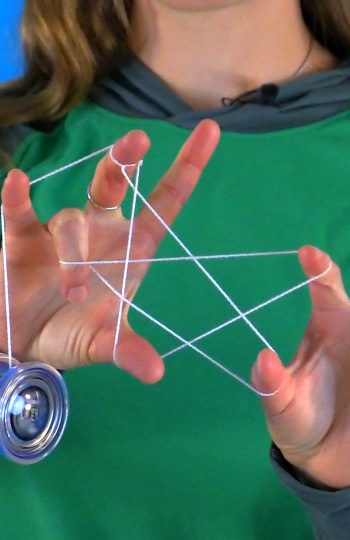
Common Mistakes While Stringing a Yoyo
Incorrect Yoyo String Length
One common mistake when stringing a yoyo is using the wrong string length. If the string is too long, it can make control difficult, resulting in sloppy tricks and less responsiveness. On the other hand, using a string that is too short can limit your movements and make it challenging to perform certain tricks. Experiment with different string lengths until you find the sweet spot that suits your play style and preferences.
Improper Knot Placement
Another common mistake is tying the knot in the wrong spot on the string. If the knot is too close to the end of the string, it can easily slip through the yoyo, causing the yoyo to disconnect while playing. Conversely, if the knot is too far down the string, it can interfere with your ability to perform various tricks. Always double-check the placement of the knot to ensure it is secure and properly positioned.
Not Testing for Responsiveness or Tension After Stringing
Failing to test for responsiveness or tension after stringing your yoyo can lead to frustration and subpar play. Before starting any tricks or maneuvers, give the string a gentle tug to test the responsiveness of the yoyo. Make sure it returns smoothly without any excessive snags or resistance. Additionally, ensure that the string tension is balanced. If the string is twisted or too loose, it can affect the yoyo’s spin and control. Adjust the tension as needed for optimal performance.
Testing your Yoyo After Stringing
Checking for Proper Spin
After stringing your yoyo, it’s important to check that it spins smoothly and consistently. Hold the yoyo in your hand, give it a strong throw, and watch for any wobbling or significant deviations from a true spin. If the yoyo wobbles or tilts excessively, it may indicate an issue with your throw or string tension. Practice your throw and adjust the string tension if necessary to achieve a stable and long-lasting spin.
Testing the Yoyo’s Responsiveness
Depending on the type of yoyo you have, it’s crucial to test its responsiveness after stringing. For responsive yoyos, check if the yoyo returns to your hand effortlessly when you give it a gentle tug. If the yoyo is unresponsive, practice performing a bind maneuver to make the yoyo return. Testing the responsiveness ensures that you are ready to perform tricks and maneuvers without any unexpected surprises.
Adjusting the String Tension
String tension plays a vital role in yoyo performance. If the string tension is too loose, it can cause the yoyo to become unresponsive and lose spin quickly. On the other hand, if the tension is too tight, it can affect the yoyo’s ability to perform certain tricks and maneuvers. To adjust the string tension, hold the yoyo in your hand and gently twist the yoyo in the direction opposite to the twist of the string. Experiment with different tensions until you find the balance that suits your play style.
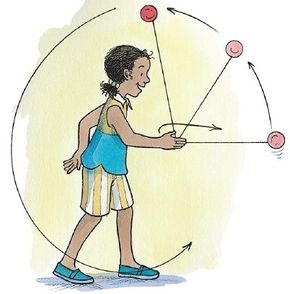
Starting with Basic Yoyo Tricks
Sleeper Trick
The sleeper trick is one of the fundamental yoyo tricks and serves as the foundation for many others. To perform the sleeper, throw the yoyo down with a strong and smooth motion, allowing it to spin freely at the end of the string. The yoyo should spin like a top, hence the name “sleeper.” Once the yoyo is spinning, you can practice other tricks and maneuvers, such as walking the dog or rocking the baby.
Forward Pass Trick
The forward pass trick is another classic yoyo trick that beginners can learn to impress their friends. Start by holding the yoyo in your hand and swinging it forward like a pendulum. Release the yoyo when your arm reaches full extension, allowing it to travel forward while unwinding the string. As the yoyo reaches the end of the string, give it a slight tug to make it return smoothly to your hand. Mastering the forward pass trick is a stepping stone to more advanced yoyo tricks.
Breakaway Trick
The breakaway trick is a more dynamic and exciting yoyo trick that involves throwing the yoyo in a sideways motion. Hold the yoyo in your hand and swing your arm to the side, releasing the yoyo while giving it a slight flick. The yoyo should travel away from your body, creating a breakaway motion. To bring the yoyo back, make sure to practice the bind maneuver, as unresponsive yoyos won’t automatically return. The breakaway trick allows for more creativity and opens the door to a wide range of yoyo tricks.
Intermediate Level Yoyo Tricks
Around the World Trick
The around the world trick is a visually impressive yoyo trick that involves spinning the yoyo in a full rotation around your body. Start by throwing a powerful sleeper. Once the yoyo is spinning, use your non-throwing hand to guide the yoyo around your body in a circular motion, creating a full rotation. After completing the rotation, catch the yoyo and return it to your hand. With practice, you can perform multiple “around the world” rotations, showcasing your yoyo skills.
Walk the Dog Trick
The walk the dog trick is a classic yoyo maneuver that mimics walking a dog on a leash. Start by throwing a sleeper and allowing the yoyo to touch the ground. As the yoyo rolls along the floor, gently tug it to maintain momentum and control. “Walking” the yoyo requires coordination and balance as you move your hand to guide the yoyo’s path without it veering off or losing spin. The walk the dog trick is a timeless favorite that always impresses onlookers.
Rock the Baby Trick
The rock the baby trick is a fun and playful yoyo trick that involves creating the illusion of rocking a baby in your arms. Start by throwing a sleeper and pinching the string near the yoyo with your non-throwing hand. Use your non-throwing hand to create three loops around the yoyo, mimicking the shape of a cradle. Rock the yoyo back and forth within the loops to complete the trick. With practice, you can add variations and create more intricate movements to enhance the illusion.
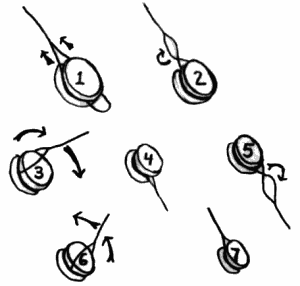
Mastering Advanced Yoyo Tricks
Split the Atom Trick
Split the atom is an impressive advanced yoyo trick that requires precise control and coordination. Start by throwing a powerful and stable sleeper. After the yoyo has been spinning for a moment, use your free hand to pinch the string and create a triangle shape. Swing the triangle forward with enough force to allow the yoyo to pass through the triangle and land on another string segment. With practice, you can split the atom multiple times and create mesmerizing sequences.
Boingy-Boing Trick
The boingy-boing trick is a flashy and mesmerizing trick that creates the illusion of bouncing the yoyo up and down on a string segment. To perform this trick, start with a strong sleeper and pinch the strings on either side of the yoyo with your non-throwing hand. Move your hand up and down in a quick and controlled motion, creating a bouncing effect on the string. This trick requires excellent string tension and hand coordination to achieve the desired boingy-boing motion.
Kwijibo Trick
The Kwijibo trick is a complex and challenging yoyo combination that impresses both yoyo enthusiasts and spectators. To perform this trick, start with a strong sleeper and perform a series of string hops and recombinations, all while maintaining control and coordination. The Kwijibo trick involves quick hand movements and precise timing to execute each step flawlessly. Practice is essential to master this trick, but once you do, you’ll feel accomplished and ready to take on more advanced yoyo tricks.
Maintaining Your Yoyo for Optimal Performance
Cleaning and Lubricating the Yoyo
To ensure your yoyo performs at its best, regular cleaning and lubrication are necessary. Use a clean cloth or tissue to remove any dirt or debris from the yoyo body and axle. If the yoyo feels sluggish or squeaky, apply a small amount of yoyo-specific lubricant to the axle to enhance its spin and reduce friction. Regular cleaning and lubrication can significantly prolong the lifespan of your yoyo and improve its overall performance.
Re-Stringing the Yoyo Regularly
Yoyo strings are subject to wear and tear over time, especially if you’re an avid player. It’s essential to replace the string regularly to maintain optimal playability. As a general guideline, consider changing the string every few days or whenever you notice fraying or damage. Re-stringing your yoyo regularly ensures a smooth and consistent experience during play, preventing any unexpected snapping during tricks.
Storing Your Yoyo Properly
Proper storage is vital for keeping your yoyo in optimal condition. When not in use, store your yoyo in a dry and dust-free environment. Avoid exposing it to extreme temperatures or direct sunlight, as this can damage the yoyo’s material and adversely affect its performance. Additionally, consider using a protective yoyo case or bag to prevent any accidental bumps or scratches when transporting or storing your yoyo.
Understanding When to Replace Yoyo Parts
Certain parts of your yoyo, such as the response pads or bearings, may need replacement over time. If you notice a decline in performance, decreased responsiveness, or excessive noise, it may be time to replace these parts. Refer to the manufacturer’s guidelines or seek advice from experienced yoyo players to determine when and how to replace specific components. Regularly inspecting and replacing worn-out parts ensures that your yoyo continues to perform at its best and helps prevent any unexpected issues during play.
In conclusion, mastering the art of yoyo stringing is a crucial step towards becoming a skilled yoyo player. By understanding the different types of yoyos, selecting the right string, and learning the proper techniques for stringing and maintaining your yoyo, you can enhance your play, perform impressive tricks, and enjoy hours of fun. So grab your yoyo, get practicing, and let the string guide you on a delightful journey of endless possibilities in the world of yoyoing.



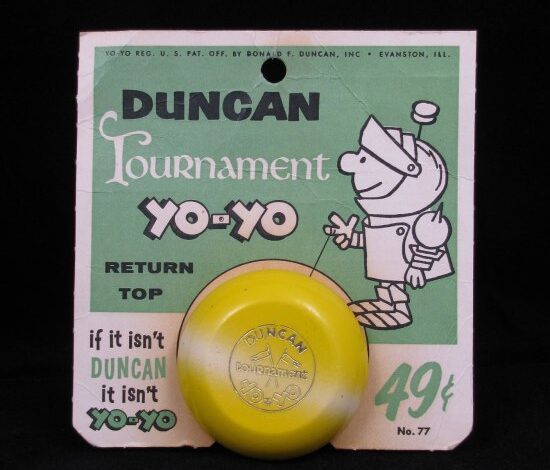


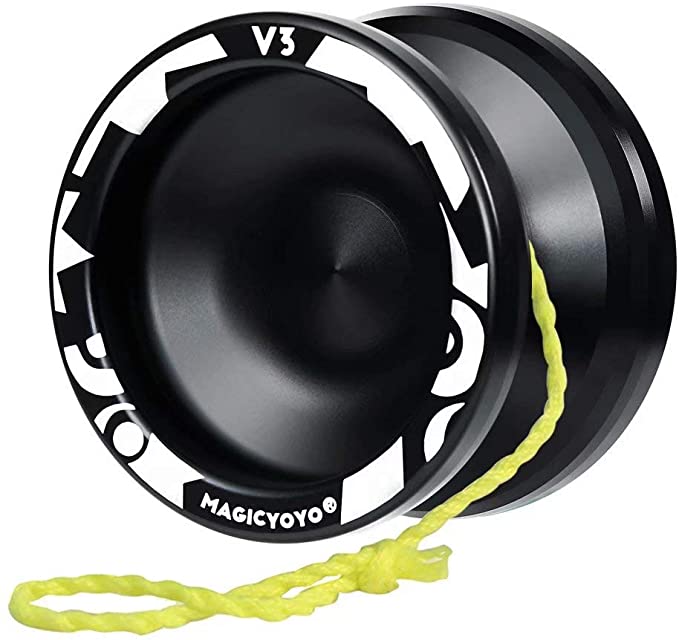

1 Comment
[…] to replace your yoyo string regularly to maintain optimal performance and prevent accidents. To replace the string, remove the old string by unwinding it from the yoyo and slip the new string onto the yoyo’s […]